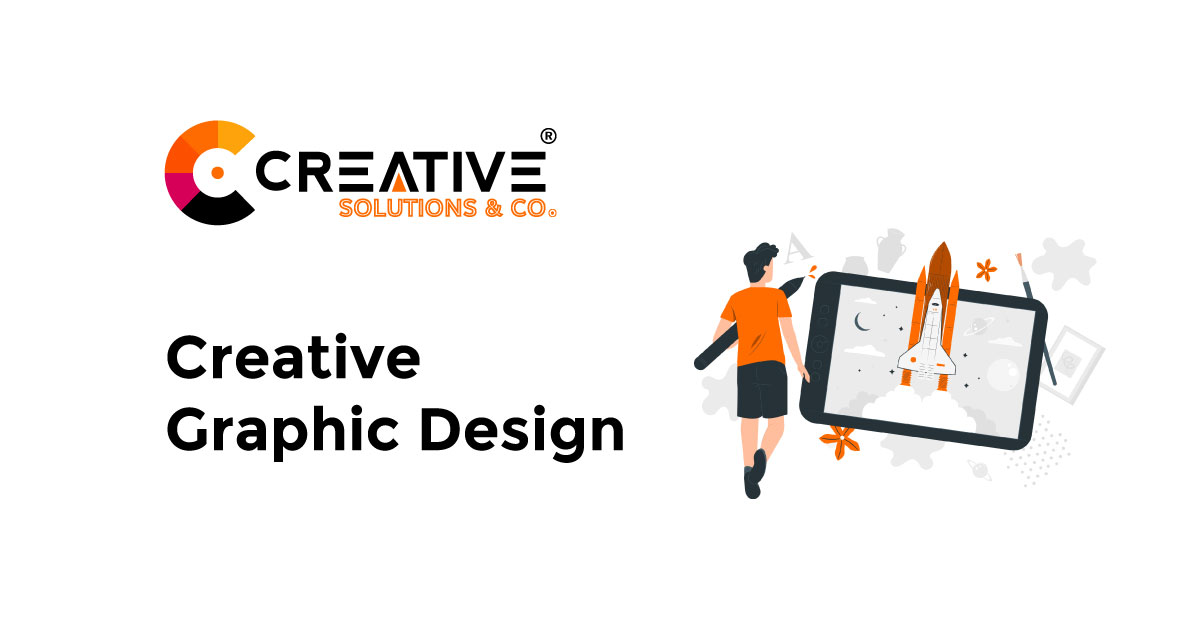
[et_pb_section fb_built=”1″ _builder_version=”3.22″][et_pb_row _builder_version=”4.9.7″ background_size=”initial” background_position=”top_left” background_repeat=”repeat” hover_enabled=”0″ width=”100%” sticky_enabled=”0″][et_pb_column type=”4_4″ _builder_version=”3.25″ custom_padding=”|||” custom_padding__hover=”|||”][et_pb_text _builder_version=”4.9.7″ background_size=”initial” background_position=”top_left” background_repeat=”repeat”] Why Creative Graphic Design Will Fly Your





